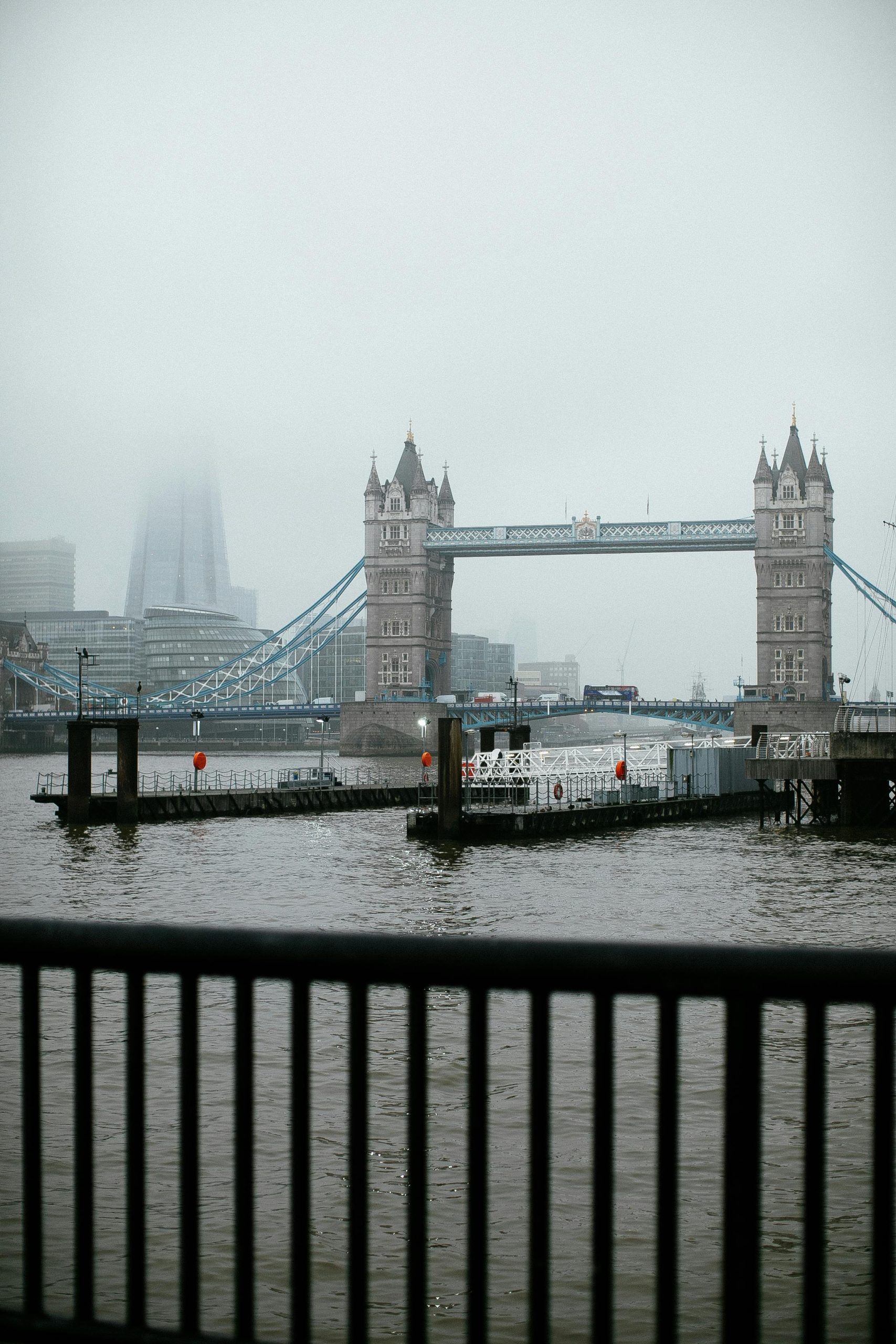Understanding the Rapid Fluctuations of Thames Water Levels in London
During a recent week in London, I observed an intriguing phenomenon: the water level of the River Thames appeared to shift significantly throughout the day. The changes were quite noticeable, sometimes measuring in meters, and persisted consistently over several days. This observation led me to explore the underlying reasons behind such rapid and regular fluctuations in river levels.
What Causes the Thames to Experience Rapid Water Level Changes?
The River Thames, like many large rivers, is subject to a variety of natural and human-influenced factors that influence its water levels. Here are some key causes of the rapid fluctuations observed:
-
Tidal Cycles
One of the most prominent factors affecting the Thames is the tidal influence. As an estuarine river, the Thames experiences regular high and low tides driven by gravitational interactions between the Earth, Moon, and Sun. These tidal movements can cause water levels to rise and fall by several meters over a roughly 12-hour cycle, resulting in significant daily variations. -
Meteorological Conditions
Weather patterns, including heavy rainfall or droughts, can lead to sudden changes in river levels. Heavy rainfall upstream increases water flow and raises the river level, while dry weather results in lower levels. Short-term weather events can cause noticeable fluctuations within a single day. -
Runoff and Urban Drainage
As London is a heavily urbanized city, surface runoff from rainfall and stormwater systems can swiftly enter the river, temporarily elevating water levels during heavy downpours. These localized influxes contribute to the observed rapid changes. -
Hydroelectric and Water Management Operations
Although the Thames predominantly flows naturally, certain water management practices—such as sluice gates, weirs, and dams—can be operated to regulate flow. These adjustments, intended for flood control or navigation, may lead to rapid alterations in water levels. -
Tidal Locking and Navigation Considerations
The proximity of the Thames to the North Sea means that tidal rhythms have a direct impact on water levels. Ports and navigation authorities often monitor these changes closely, as they influence shipping, river transport, and safety measures.
Conclusion
The significant daily fluctuations observed in the Thames water levels are primarily driven by tidal cycles, complemented by weather conditions and urban runoff. Understanding these natural and human factors provides insight into the dynamic nature of London’s river system. For residents and visitors alike


Invaluable Insights into Thames Water Level Fluctuations
As a proud London resident, I find this discussion on the Thames’ rapid water level changes quite fascinating. It’s a reminder of how interconnected natural processes and urban life truly are. In addition to the factors mentioned, I’d like to highlight a few points that might further deepen our understanding:
Overall, recognizing these dynamics helps us appreciate the resilience and complexity of London’s river systems, especially amid the challenges posed by urbanization and climate shifts. It’s vital that we continue to support sustainable management efforts to protect our city and enjoy the natural beauty of the Thames.